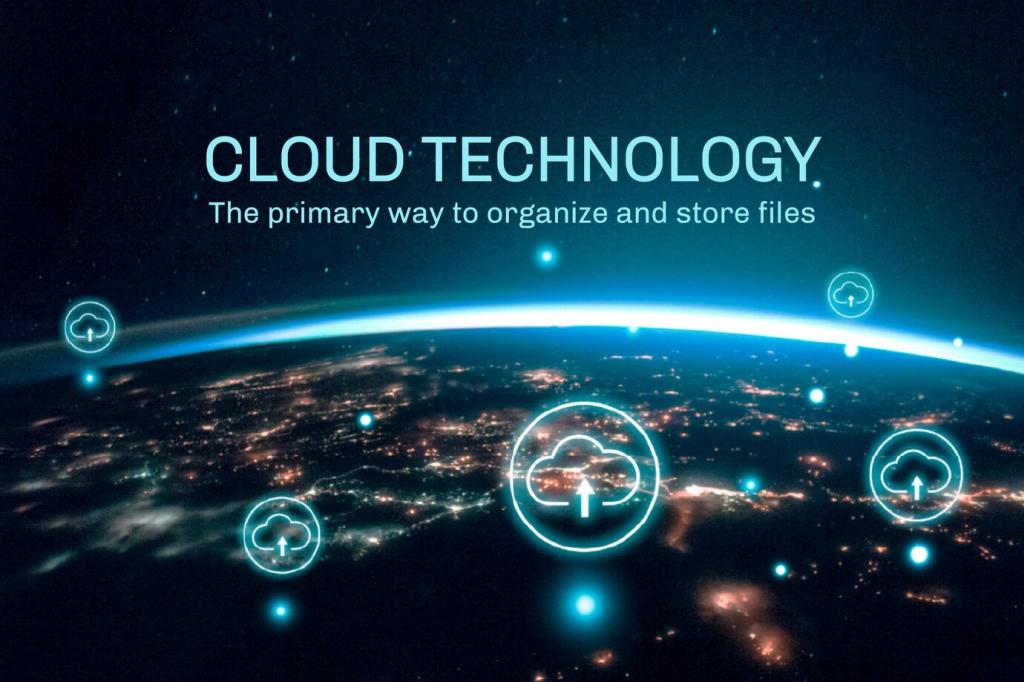Reimagining Data: Cloud Innovations in Data Management
Chosen theme: Cloud Innovations in Data Management. Welcome to a friendly space where modern cloud thinking meets practical, human stories. Explore fresh patterns, learn from lived experiences, and subscribe to stay ahead as we turn bold ideas into everyday data wins.
Serverless and Zero-ETL Architectures
01
Zero-ETL does not magically erase transformation; it shifts it closer to the source and standardizes movement through shared contracts. Teams gain fewer failure points, faster iteration, and simpler governance, especially when producers publish ready-to-consume, event-rich datasets with clear schemas.
02
A serverless data lake marries inexpensive object storage with elastic query engines, table formats, and automated metadata. You scale when queries arrive, pay per use, and stop capacity guesswork. It helps small teams act big without wrestling clusters during peak demand.
03
Spin up a minimal pipeline that lands events in open tables and queries them with a serverless engine. Share your rough edges—schema evolution, permissions, or observability. Comment below and subscribe; your lessons help shape our next deep-dive guide.

In a mesh, each domain publishes versioned, documented data products with SLAs, quality checks, and access policies. Cloud catalogs, lineage, and federated governance keep autonomy aligned. The result is faster changes, clearer accountability, and fewer cross-team firefights.

One squad rewired chargeback analytics as a domain product: event tables, quality monitors, and usage dashboards. Support tickets fell by half in two sprints, while release frequency doubled. Their secret was boring automation, not heroics, plus ruthless clarity around ownership.

Which dataset in your world deserves product status this quarter? Drop a comment with its purpose, consumers, and measurable outcomes. We will feature a reader example in our upcoming newsletter—subscribe now and help the community learn from your journey.

Adaptive quality rules with machine learning
ML models learn seasonal baselines, detect subtle spikes, and flag silent null explosions before dashboards go red. Combine rule engines with learned thresholds, then auto-open tickets when confidence is high. Humans stay in the loop, but firefighting drops dramatically.

Lineage as a narrative, not a diagram
Lineage graphs overwhelm until they tell stories: who changed a column, why a join shifted, which downstream marts rely on it. Cloud-native lineage services annotate changes with context and owners, turning spaghetti into an understandable narrative you can actually act on.

Join our reader challenge
Pick one pipeline and add an ML-based anomaly check this week. Report your most surprising alert and how you validated it. Comment your findings below and subscribe for a roundup of approaches, code snippets, and the pitfalls to avoid.
From sensors to insights in seconds
Edge gateways batch, compress, and enrich events before sending to cloud topics. Stream processors transform, deduplicate, and land data into open table formats for instant querying. Stakeholders see timely metrics, while storage remains efficient and audit-ready.
Designing idempotent, replay-friendly pipelines
Cloud innovations shine when pipelines survive chaos. Use deterministic keys, upsert-friendly table formats, and checkpointing. With idempotent writes and exactly-once semantics, reprocessing becomes safe, enabling rapid fixes without fear of duplicated records or silent data corruption.
Poll: where does latency hurt most?
Is your pain at the edge, the broker, or the sink tables? Share specifics—payload size, network hops, batch windows. We will collect patterns, test optimizations, and publish results. Vote in the comments, and subscribe to get the follow-up benchmarks.
Security, Privacy, and Trusted Collaboration
Trusted execution environments and column-level encryption let teams compute on sensitive data with minimized exposure. Add tokenization for high-risk fields, and differential privacy for aggregate sharing. Together, they unlock cross-team insights without leaking what must never leave.
Security, Privacy, and Trusted Collaboration
Write human-readable policies that map roles to datasets, columns, and purposes. Version them, test them, and deploy via CI. Cloud-native catalogs enforce rules at query time, keeping auditors happy while engineers stay fast and productive across changing environments.
Cost, Sustainability, and FinOps for Data
Automate lifecycle policies: hot for active tables, warm for weekly access, cold for compliance. Use open formats to avoid lock-in while keeping queries fast when needed. Clear ownership ensures no one leaves expensive orphaned datasets behind.

Cost, Sustainability, and FinOps for Data
Schedule batch workloads when grids are greener, and prefer autoscaling over fixed clusters. Profile queries, cache smartly, and prune partitions. Sustainability often mirrors cost discipline—efficiency wins twice by shrinking bills and reducing environmental impact.
